Customized Processing of Liquefied Natural Gas Storage Tanks

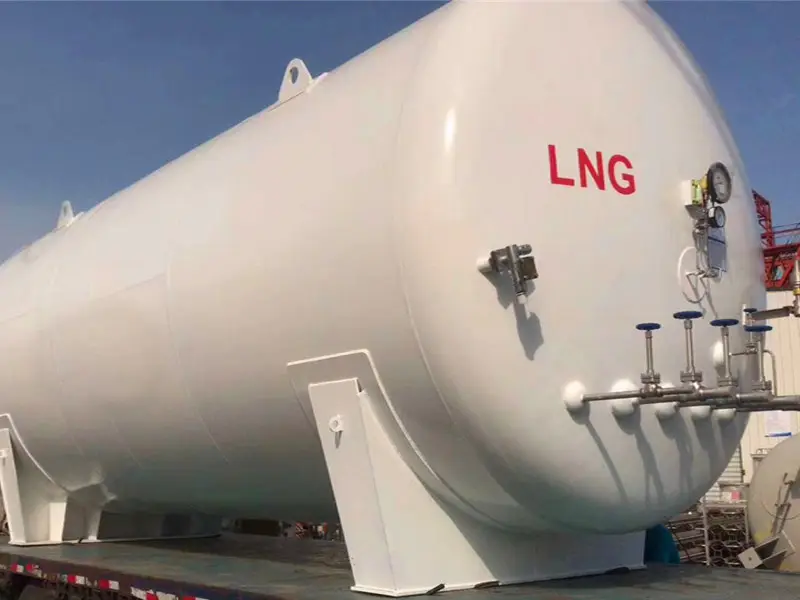
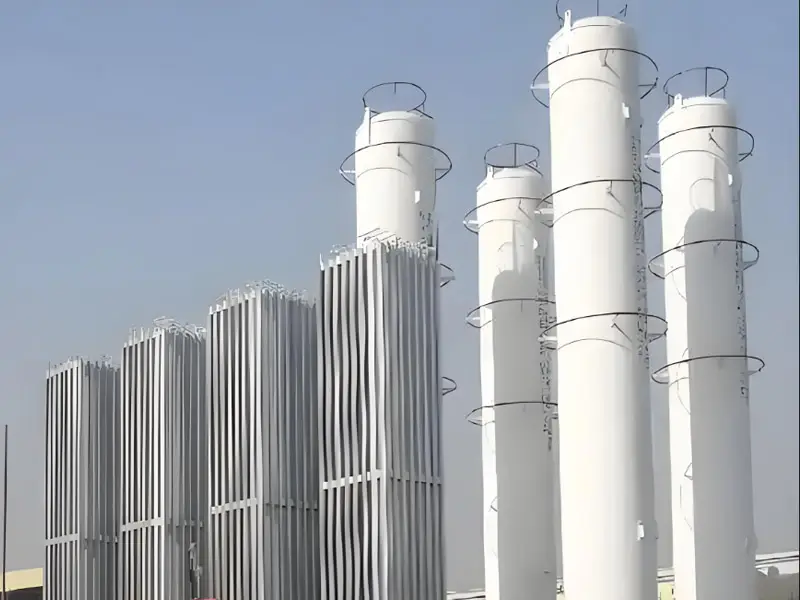
| Product name: | Customized Processing of Liquefied Natural Gas Storage Tanks |
| Keywords: | Liquefied Natural Gas Storage Tanks |
| Industry: | Petroleum, natural gas and chemical industry - Petroleum and natural gas industry |
| Process: | Sheet metal - Welding |
| Material: | Carbon steel |
Processing manufacturer
- There are 58 manufacturers that provide similar products
- There are 197 manufacturers that provide this processing technology
- There are 80 manufacturers that provide this material processing service
- There are 190 manufacturers that provide this industry processing service
Product details
Liquefied Natural Gas (LNG) storage tanks are specialized equipment used to store cryogenic liquefied natural gas (-162°C). Their steel structure design and construction must meet high strength, low-temperature resistance, leak-proof, and safety requirements. The following is information and key points regarding the steel structure of LNG storage tanks:
Steel Structure Types of LNG Storage Tanks
LNG storage tanks typically use special steel and composite structures to cope with low-temperature environments and high-pressure requirements. Common types include:
- Single-Wall Steel Tank (Single Containment Tank)
- Structure: Made of a single steel wall (usually 9% nickel steel or low-temperature steel), with an outer layer of insulation material (such as perlite or glass wool).
- Use: Suitable for small LNG receiving stations or gas stations.
- Features:
- The inner wall thickness is generally 10-20mm, depending on the capacity.
- Requires an external concrete protective wall or earthen embankment to enhance safety.
- Advantages: Simple structure, low cost.
- Disadvantages: Lower safety than multi-wall tanks, limited leakage protection.
- Double-Wall Steel Tank (Double Containment Tank)
- Structure:
- Inner tank: 9% nickel steel or low-temperature stainless steel (such as 304L/316L), stores LNG, wall thickness 10-30mm.
- Outer tank: Carbon steel or low-temperature steel, protects the inner tank and prevents external environmental influences, wall thickness 8-15mm.
- Interlayer: Filled with insulation material (such as expanded perlite) or evacuated to reduce heat conduction.
- Use: Widely used in medium and large LNG storage tanks (such as integrated refueling and gas stations).
- Features:
- The inner tank bears the cryogenic liquid, and the outer tank resists external loads and environmental corrosion.
- The interlayer can be equipped with a leakage monitoring system.
- Advantages: High safety, in accordance with the "Technical Specification for Liquefied Natural Gas (LNG) Production, Storage and Transportation" (GB/T 20368).
- Application: CNOOC and Sinopec LNG storage tanks mostly use this structure.
- Structure:
- Full Containment Tank
- Structure:
- Both the inner and outer tanks are made of 9% nickel steel or low-temperature steel, with thicker walls than double-wall tanks (inner tank 15-40mm, outer tank 10-20mm).
- The outer tank can completely contain the LNG leaking from the inner tank, providing the highest level of safety.
- Use: Large LNG receiving stations or strategic reserve stations.
- Features: Complex design, need to consider earthquakes, wind loads, and low-temperature shrinkage.
- Advantages: Strong disaster resistance, suitable for high-risk areas.
- Disadvantages: High cost, long construction period.
- Structure:
- Support Structure and Foundation
- Type:
- Steel Support: Saddle or ring support made of H-shaped steel or steel plates, used to fix the storage tank.
- Concrete Foundation: Reinforced concrete base plate or pile foundation, 1-2m thick, to prevent settlement.
- Features: Need to consider anti-buoyancy (groundwater buoyancy) and seismic design.
- Use: Ensure the stability of the storage tank, disperse weight and low-temperature stress.
- Type:
Previous article : Underground Fuel Tanks at Gas Stations
Similar products
More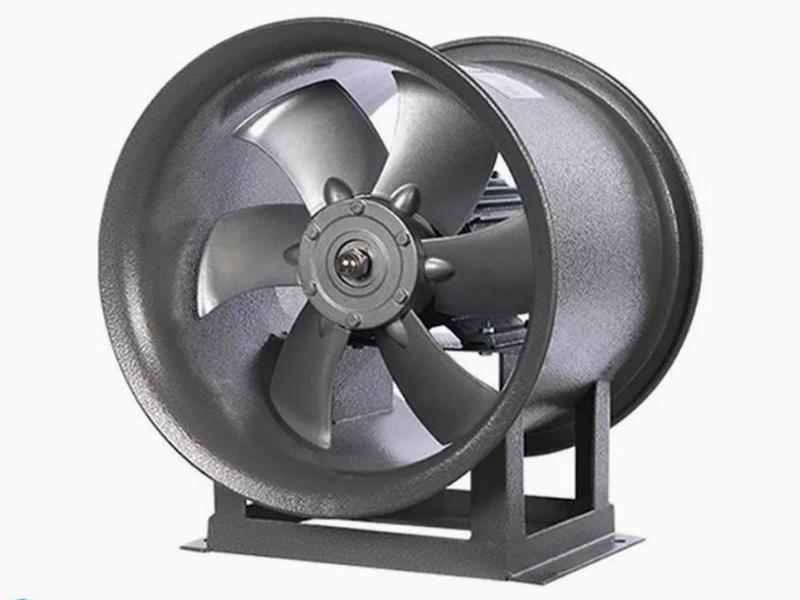
What are the machining processes used for processing axial fan housings
- Process : Sheet metal - Welding
- Material : Carbon steel
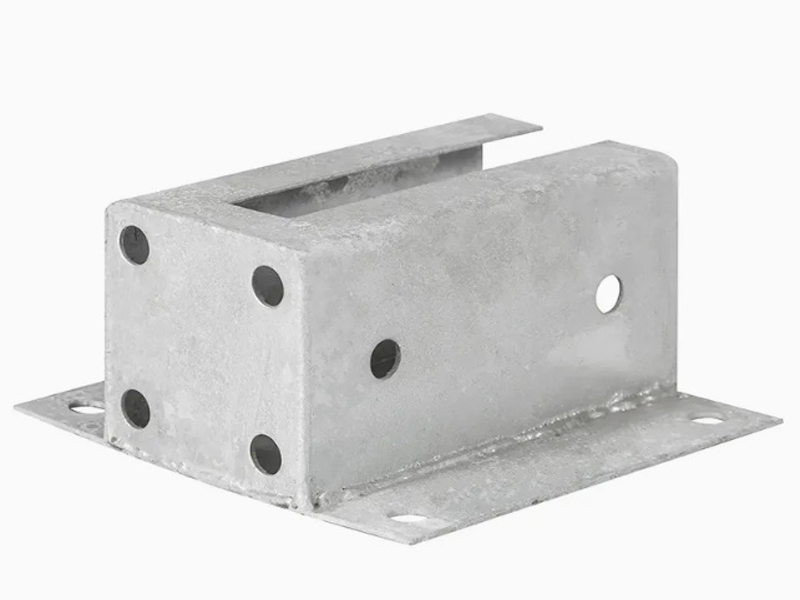
Machining Process Analysis of Carbon Steel Fixed Anchor Plates
- Process : Machining - CNC milling or milling machining
- Material : Carbon steel
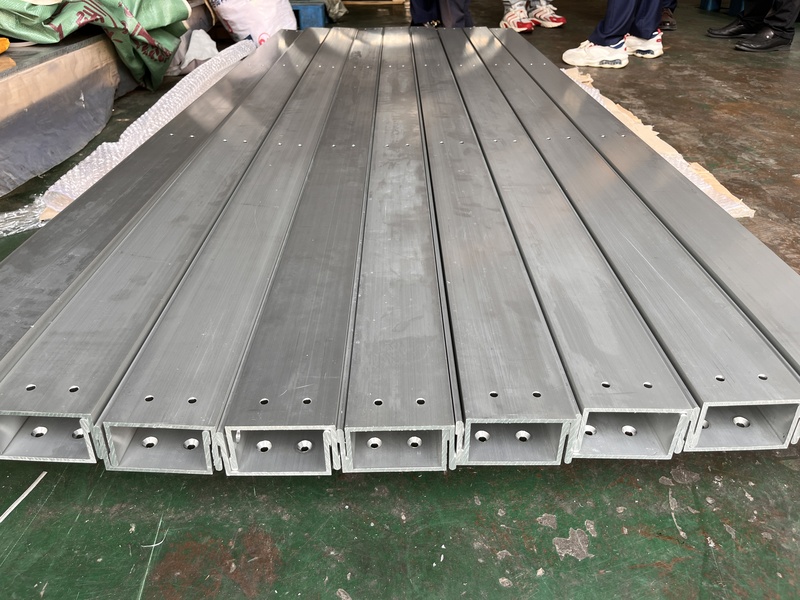
Precision Machining of U-Steel Profiles for Building Applications
- Process : Stamping - General stamping
- Material : Aluminum
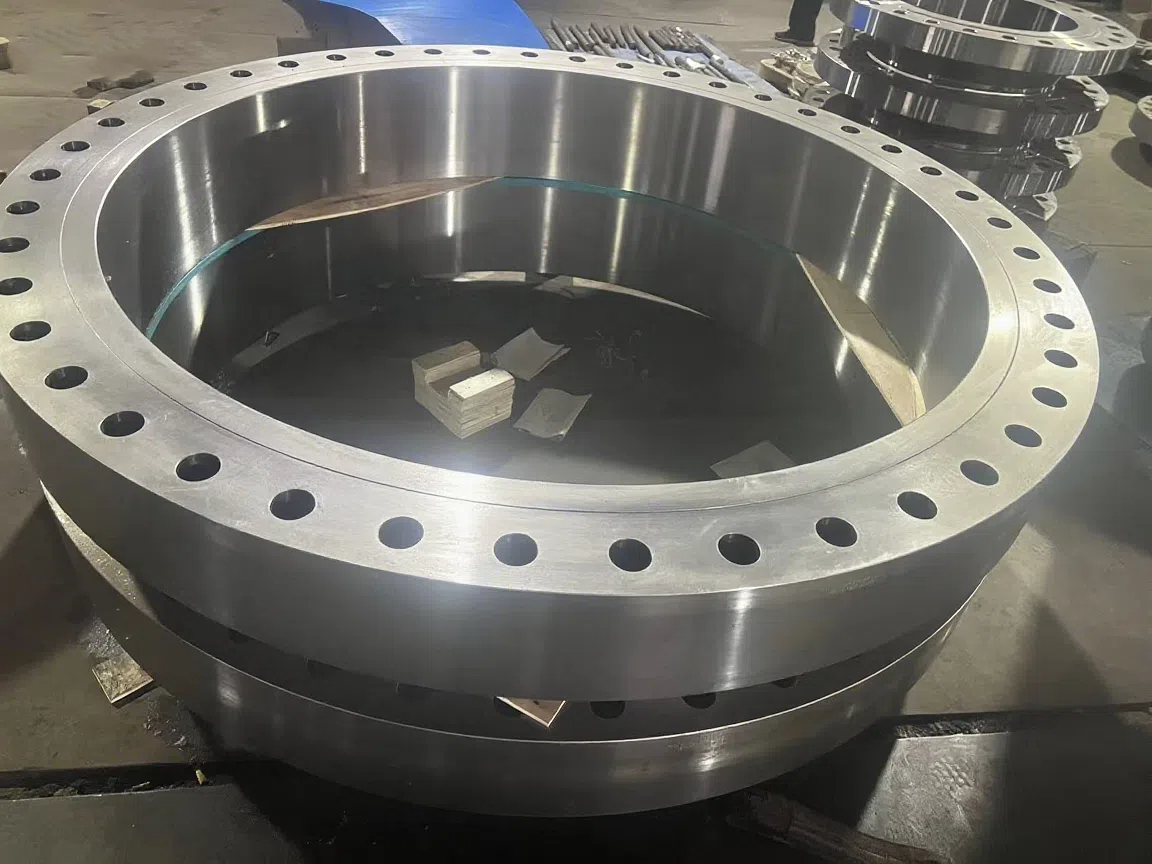
Heavy-Walled Flange Milling-Turning Machining and Flaw Detection
- Process : Machining - Turning Milling compound
- Material : Alloy steel
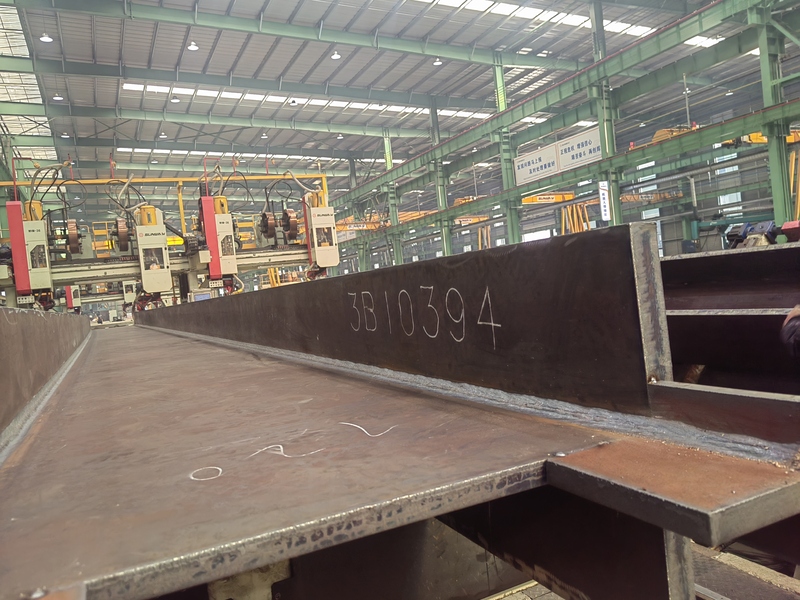
Custom Fabrication of S355JR Welded H-Beams for Construction Projects
- Process : Sheet metal - Welding
- Material : Carbon steel
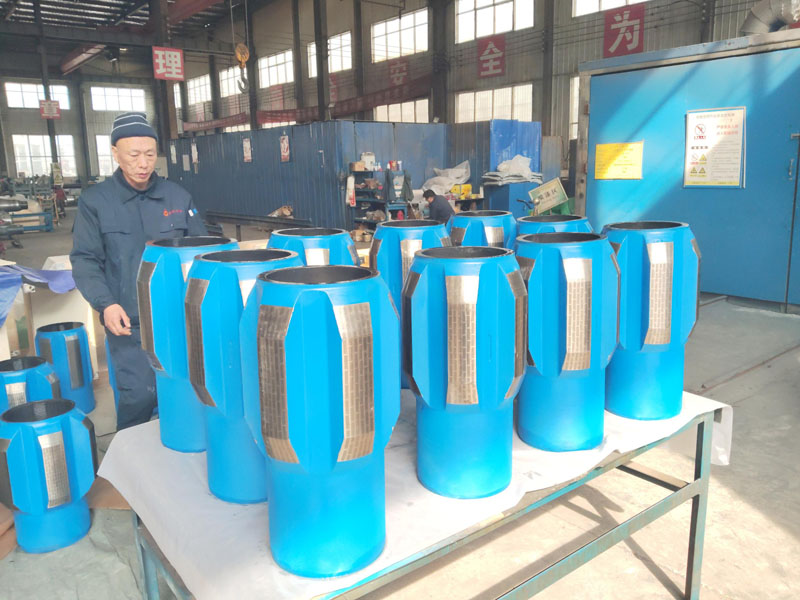
Drill Stabilizers Applied in Oil Drilling Platforms
- Process : Machining - Five-axis machining
- Material : Alloy steel
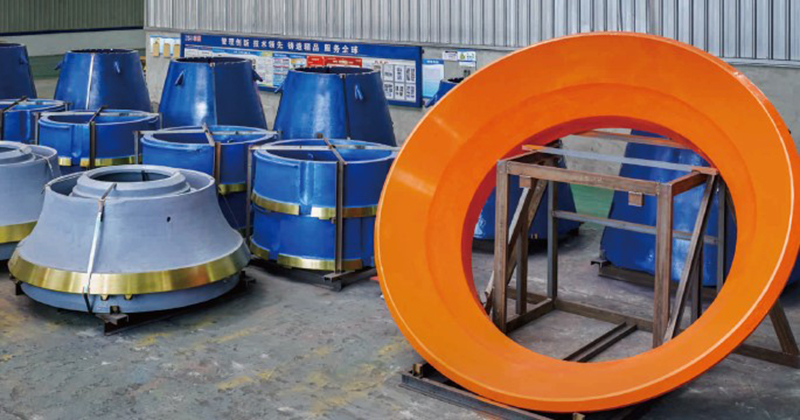
Cone Crusher Mantle
- Process : -
- Material :
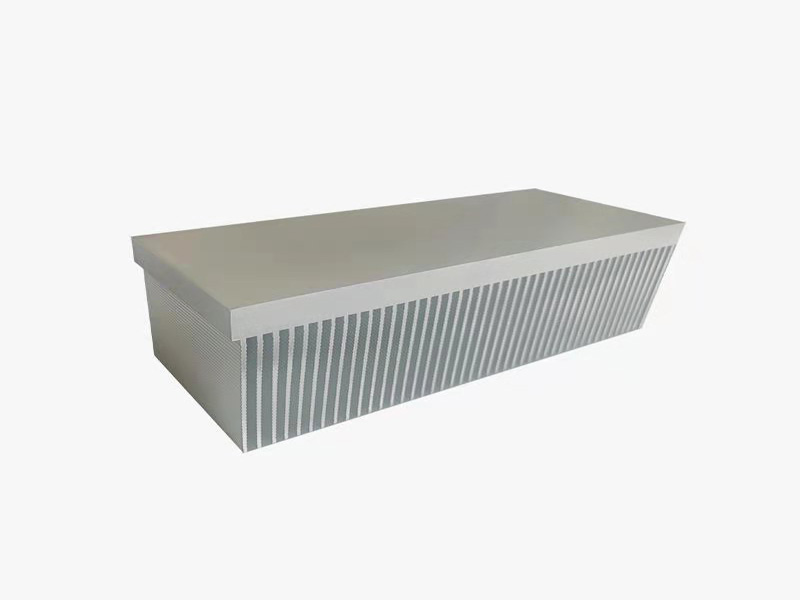
Innovative skiving technology: Breaking through the bottleneck of high-density heat dissipation technology
- Process : Surface treatment - Others
- Material : Alloy steel
More products
More
What are the machining processes used for processing axial fan housings
- Process : Sheet metal - Welding
- Material : Carbon steel

Machining Process Analysis of Carbon Steel Fixed Anchor Plates
- Process : Machining - CNC milling or milling machining
- Material : Carbon steel

Precision Machining of U-Steel Profiles for Building Applications
- Process : Stamping - General stamping
- Material : Aluminum

Heavy-Walled Flange Milling-Turning Machining and Flaw Detection
- Process : Machining - Turning Milling compound
- Material : Alloy steel

Custom Fabrication of S355JR Welded H-Beams for Construction Projects
- Process : Sheet metal - Welding
- Material : Carbon steel

Drill Stabilizers Applied in Oil Drilling Platforms
- Process : Machining - Five-axis machining
- Material : Alloy steel

Cone Crusher Mantle
- Process : -
- Material :

Innovative skiving technology: Breaking through the bottleneck of high-density heat dissipation technology
- Process : Surface treatment - Others
- Material : Alloy steel